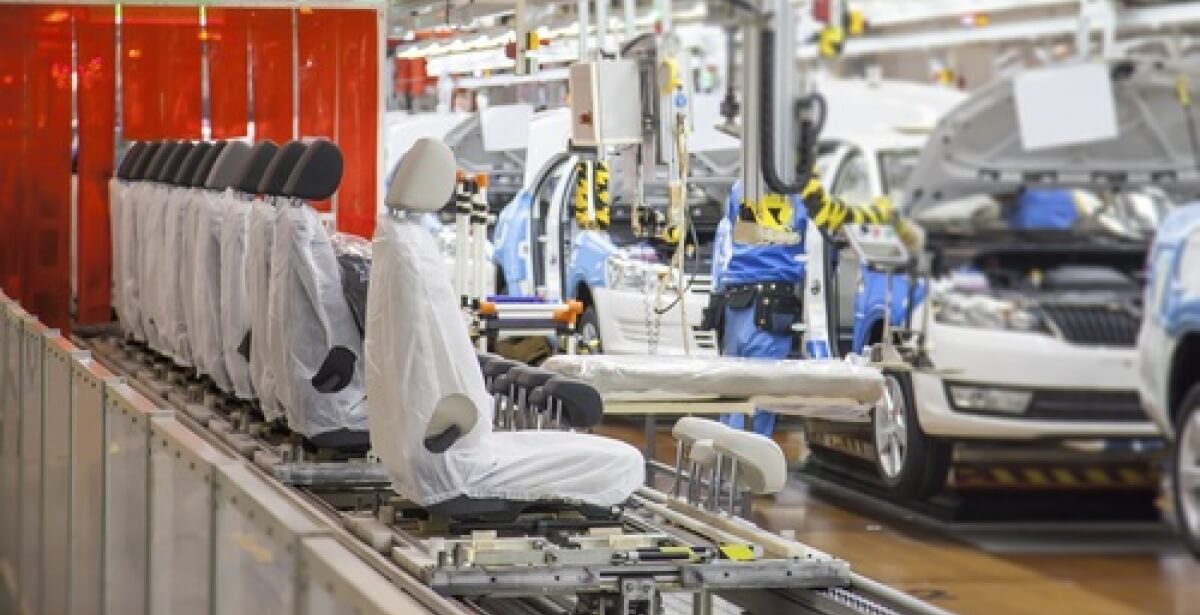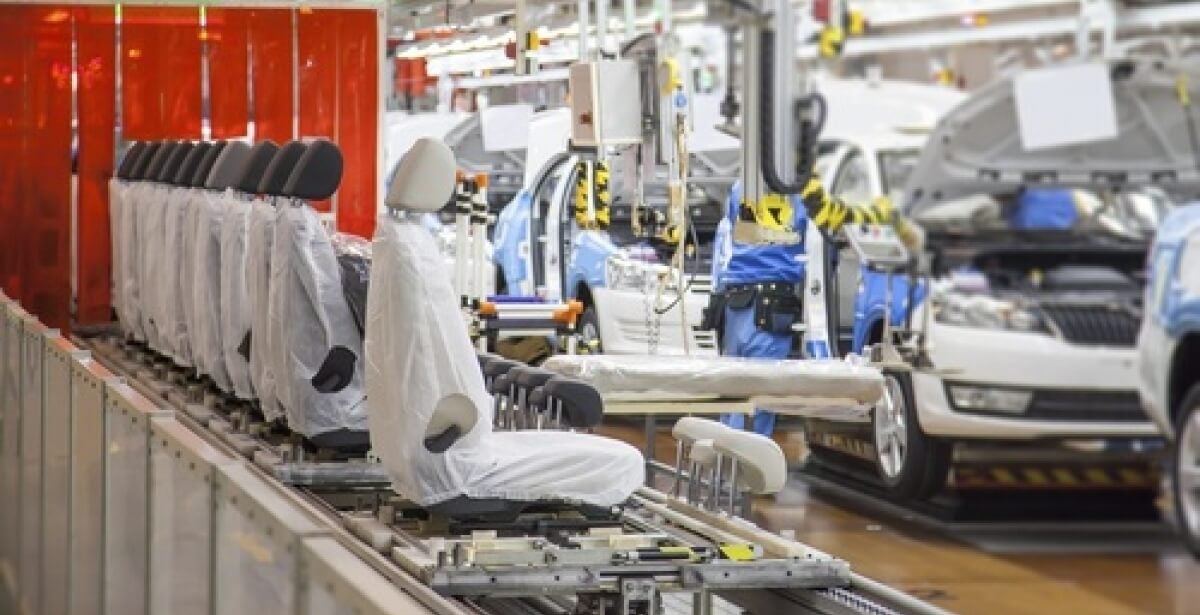
Tips for Setting Up a Successful Lean Manufacturing Facility Like John Deere
If you are considering building a new lean facility or applying lean tools to your current company, these tips and examples can help get you started.
Going Lean? Start with People.
It’s important to get the right people on board. Your team needs leaders who believe lean works, managers who understand how to implement lean practices, and employees who want to contribute. Nike and John Deere both have well-documented transitions to lean.
John Deere’s priority list started with leadership and employee environment and then went into processes, quality, planning, and logistics. Nike is similar; it has a People Value Stream. In a May 22, 2016; Slideshare on LinkedIn, author Satish Tripathy outlined Nike’s lean management philosophy. “The input is philosophy of mutual trust and respect and continuous improvement.” It goes on to focus on attracting, developing, and empowering employees. The output is a “culture of empowered workers producing high quality, low cost, and on time products.”
Customer Value
Once you have the right people in place, they can start developing your lean facility. In the spirit of lean, consider the value to your customers at every decision point. For John Deere, all production is based on customer demand. The company created its own Deere Production System known as DPS. It’s guided by a low-production, high-quality philosophy. Machines are made to order. They only make what customers demand. This cuts excess inventory, over processing and overproduction.
Gemba: Take a Waste Walk
Whether your facility is in development or up and running, get a fresh perspective from touring other lean operations. Consider a practice known as Gemba, also known as a waste walk. Look for ways to cut the 7 wastes: overproduction, wait time, inventory, transportation, over processing, motion, and defects. Learn where and how to cut waste in any facility you may visit. The best way to learn can often be from others' mistakes and challenges. This can save you time and money.
Don’t forget to interview the workforce. A truly lean facility has empowered their workers and they can be the best sources of information.
Set Measurable Goals and Timelines
You need clear and attainable goals before you implement lean practices. Evaluate the customer perspective and customer value at every step in your timeline.
There are various ways to use lean concepts in your company or business. Consider that both these companies use lean concepts but do so with vastly different purposes. John Deere employs lean and makes specialized farm equipment and Harley Davidson can create the customized motorcycle of your dreams. Customers understand they are receiving a quality product created to meet their requirements and specific needs. In contrast, Nike, who also uses the concepts of lean in their production, produces everyday athletic wear, along with its custom college and pro-team products. It keeps its price points competitive for mass market while meeting customer demands.
Regardless of the type of company, goal setting is an area where all stakeholders, including employees on the floor, need to provide input. Preventing defects and gathering information on what causes bottlenecks will help you reach production goals.
Creating measurable goals is important. Determine how you will measure when the work is done and how you will know customers value your product.
Set good timelines. Be realistic and don’t set your team up for failure. But don’t be afraid to challenge and push them. A tight deadline can be a motivator for creative ideas and innovation. Reward your people when they reach each milestone and remember to point out successes along the way.
Innovate
Encourage your team to constantly provide input on how to make systems and processes smarter, faster, and better. Look at “what’s always worked” and capitalize on it, and don’t be afraid to eliminate systems that are no longer working. Nike’s “Just Do It” campaign is a great example of taking the best of what worked and adapting it to the current customer demand. The campaign started in magazines and TV ads. In the late 80s and early 90s, it was a groundbreaking storytelling kind of marketing. Now, Nike’s Facebook cover photo is that same, simple white text on black background reading “Just Do It.” Instead of sticking to traditional paid ads, Nike now creates mini-documentaries on social media. Rather than trying to fit into a full-page ad or 60-second TV spot, Nike is innovating its marketing and storytelling to reach its customers where they spend most of their time.
Implement 5S at the Start of Your Lean Transition
The lean principle of 5S is another necessary tool.
- Sort—Eliminate whatever is not needed or contributing to customer value.
- Straighten—Organize what you have and need.
- Shine—Clean the work area.
- Standardize—Schedule regular cleaning and maintenance; put processes in place to continually sort, straighten, and shine.
- Sustain—Make 5S a way of life and look for ways to continuously improve.
Continuous Improvement
The ribbon cutting ceremony to open a new lean facility is just the start. Stay focused on improving processes and eliminating waste. Create a culture where employees are empowered to suggest change and create solutions.
Kettering Online's Innovative Master's Degree in Lean Manufacturing
The only program of its kind in the United States, Kettering University's online Lean Manufacturing master's degree program teaches the modern manufacturing process knowledge and Lean Six Sigma skills needed to improve quality output, streamline processes and reduce waste
The lean program at KUO truly enhances your skill set by learning to think lean. Lean thinking is a mindset and developing them here at KUO will promote you to apply it and make some strides in your career. The resources and learning materials have been revised and updated to include the latest research and methods. The methodologies learned will help you to bring about better efficiencies to your processes. The faculty are all well versed and continue to apply lean methodologies at their work and life to stay on a path of continuous improvement.

